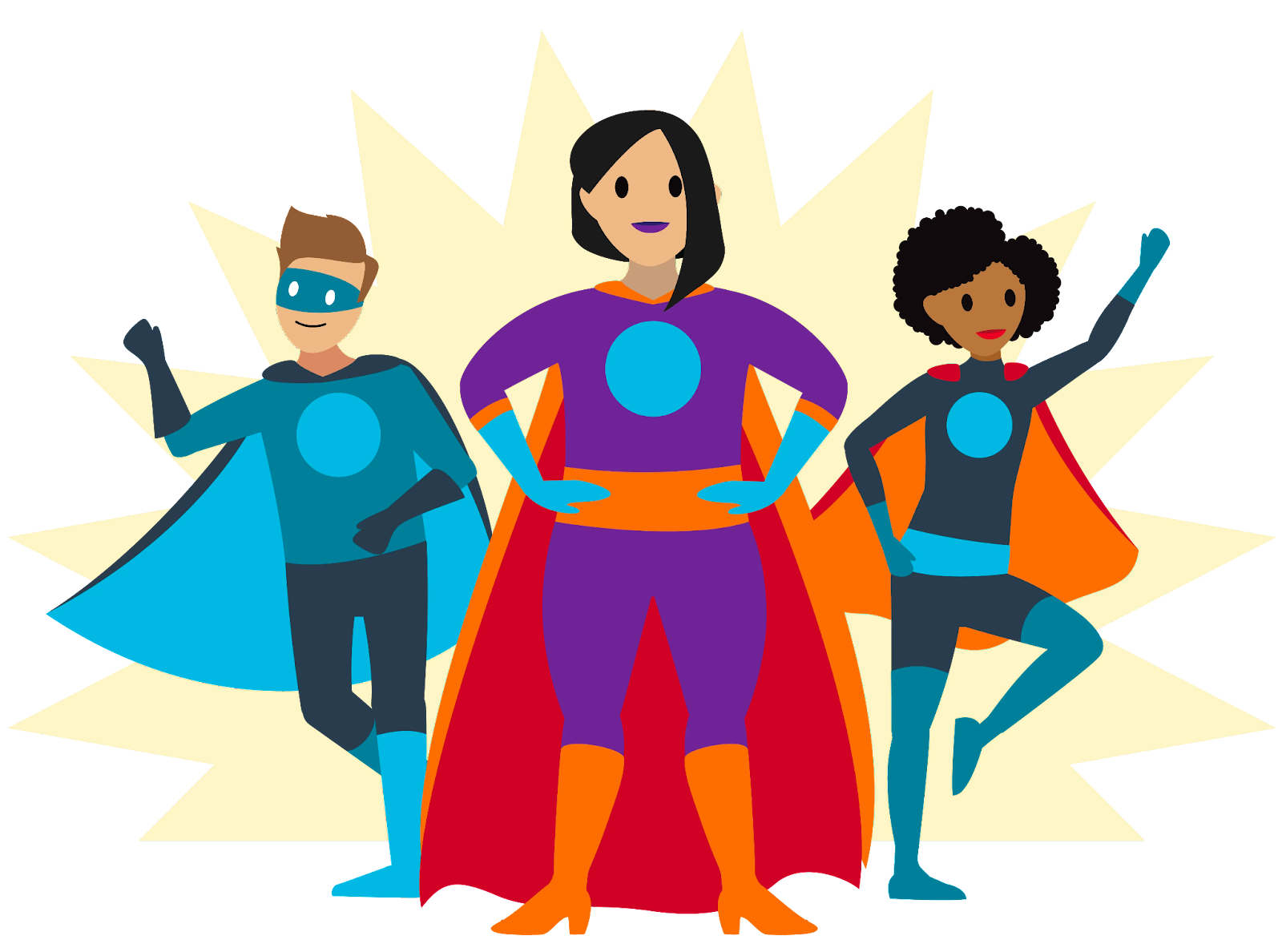Become a Great People Leader
Learning Objectives
After completing this unit, you’ll be able to:
- List steps that prepare you to build your people-leadership development plan.
- Identify characteristics of an effective development plan.
- Recognize other skill-development activities.
Prepping for Your Plan
You’ve had a chance to reflect on feedback—specifically, on which manager behaviors you’re doing a good job of demonstrating and which ones need improvement—so now it’s time to build your people-leadership development plan. But before you jump right in, you need to do a little leg work.
Prepare for your plan by referring to the feedback you’ve received and following these steps:
- Set a development goal. What is your reason for developing your management skills?
- Identify skills to build. What development areas will you focus on to reach your goal?
- List specific actions. What can you do in your day-to-day work to build these skills?
- Establish a time frame. By when do you want to achieve your goal?
- Define progress. How will you know if you are making headway toward your goal?
Now let’s see how all of these elements come together.
Building an Effective Plan
Take a look at the following example of a people-leadership development plan. It uses the manager framework that we discussed in the first unit as the basis for the behaviors to build.
| Development Goal | Behaviors to Build | Actions | Time Frame | Progress |
|---|---|---|---|---|
|
To become more effective at driving results when my team faces challenges |
Inspire & Align Teams |
Devote one team meeting a month to discuss how to overcome obstacles the team is facing. |
Q3 |
My team reports that they know their goals and priorities and have strategies to overcome challenges. |
|
Coach for High Performance |
Identify skill gaps for my direct reports and resources I can use to support them. |
|||
|
Influence |
Connect with my peers to get buy-in for interdependent projects to take the burden off my team. |
Why is this a great example of an effective development plan? Because it allows the leader to track their development goals, behaviors, and actions over a clearly defined time frame and with measurable indicators of progress.
Want to build your own people-leadership development plan? Use the table in this section as a guide, and include your development goals, behaviors to build, actions, and time frames, and follow up on your plan often to reflect on your progress. Developing as a great people leader is an ongoing process, so ask for feedback often and adjust your goals as needed.
Continuing Your Development Journey
Building a development plan is one of the first steps toward becoming a great people leader, but there are other ways to learn and grow. Here are a few more things you can do to continue your development journey:
- Consider taking a 360 assessment. Complete a 360 assessment to get more feedback from your manager, direct reports, peers, and other colleagues.
- Complete the Coaching & Feedback module on Trailhead. Learn more about coaching, giving and receiving feedback, having career conversations, and recognizing your employees.
- Get inspiration and advice from the managers around you! Your peers are fantastic resources for development ideas, support, and more, so don’t forget to tap into their expertise.
Now you have a whole host of strategies and resources that will help you take your leadership to the next level and build super-strong teams!

Simply take the time to get familiar with the Manager Framework, cultivate a little self-awareness, embrace the feedback you receive, and put a plan into action, and you and your teams are bound for greatness!